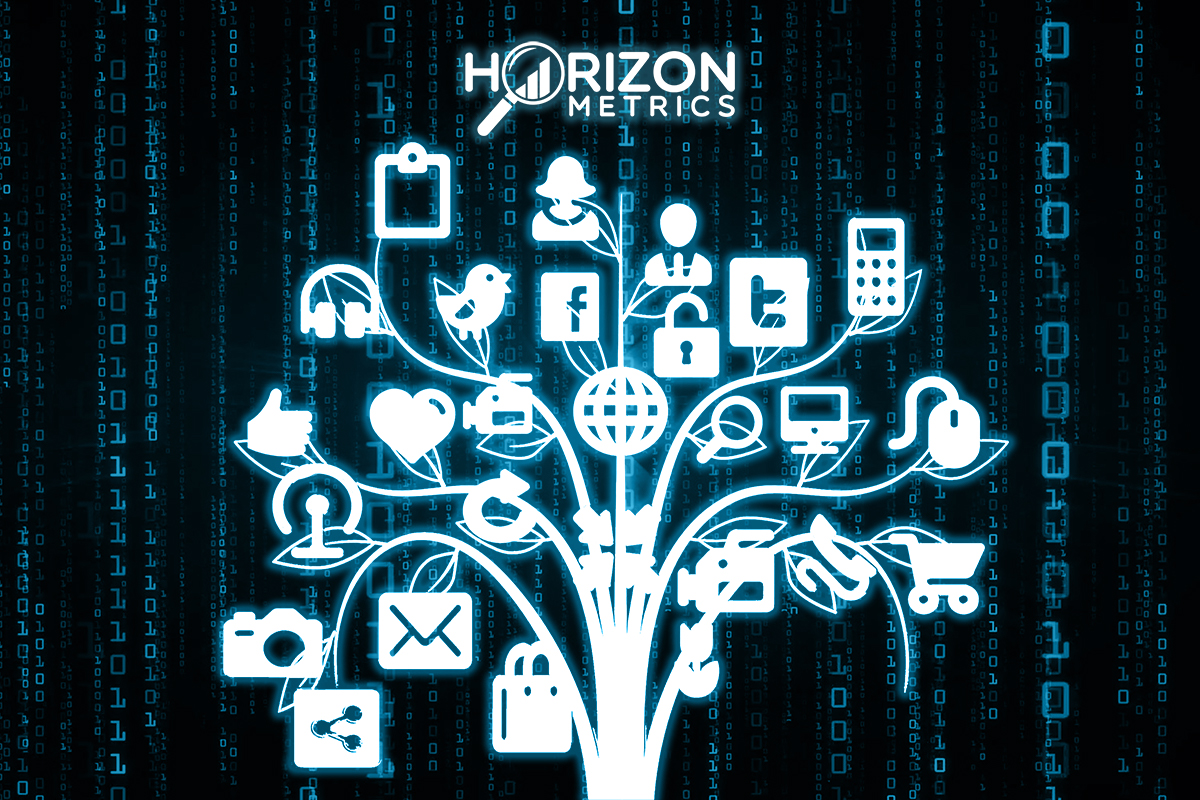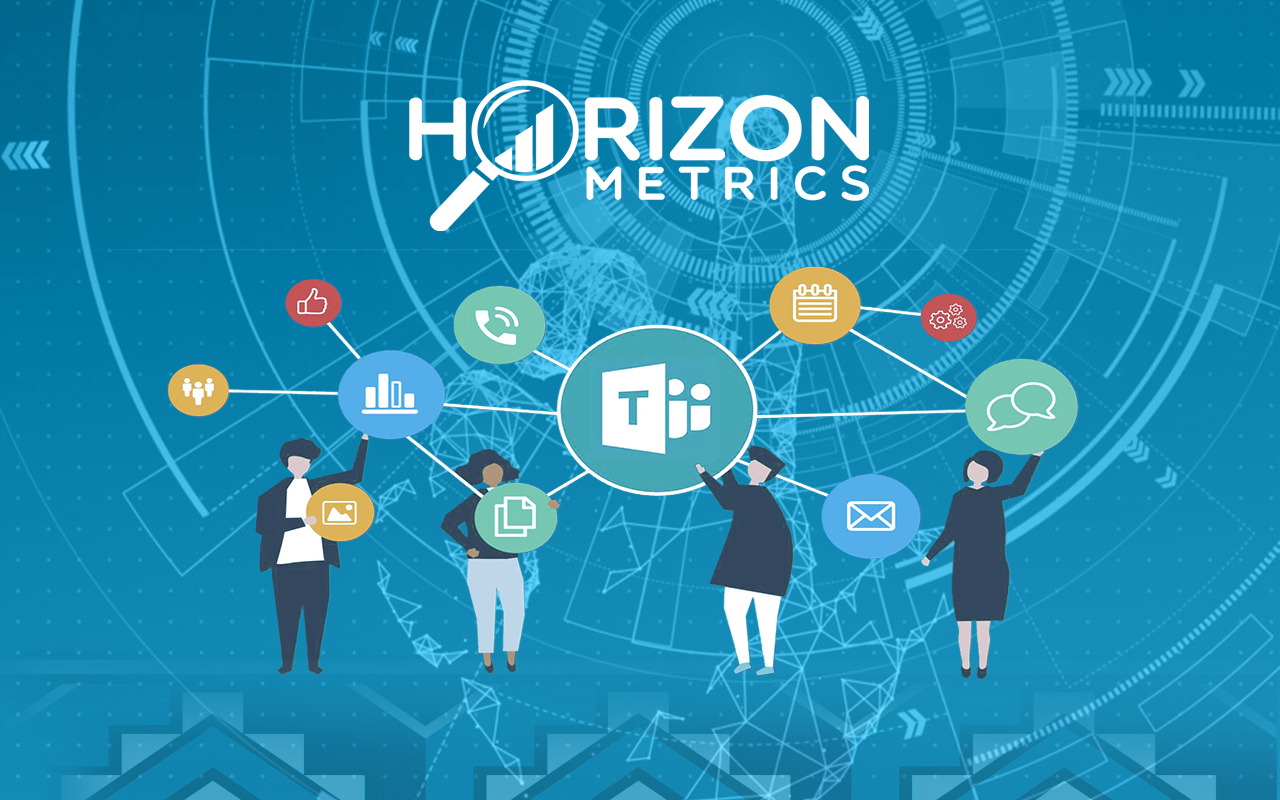
Technology has become an integral part of any business strategy, and it is essential for companies to stay ahead of the curve in order to remain competitive. As technology continues to evolve at a rapid pace, companies must find ways to integrate it into their operations in order to stay relevant and take advantage of new opportunities. In this blog post, we will explore some effective ways to integrate technology into your strategy.
1. Define your goals and objectives Before you begin integrating technology into your business, it is important to define your goals and objectives. This will help you identify the specific areas of your business that need improvement and determine which technologies will be most beneficial. By clearly defining your goals, you can ensure that your technology investments are aligned with your overall business objectives.
2. Conduct a technology audit Conducting a technology audit can help you identify areas of your business that are in need of improvement and identify which technologies will best meet those needs. This will give you a clear understanding of your current technology landscape, and help you identify areas where you need to invest in new technology.
3. Invest in the right technology It is important to invest in the right technology to support your business goals. This means carefully evaluating different technology options and selecting the ones that will provide the most value to your business. It is also important to consider the long-term scalability of the technology and its ability to integrate with your existing systems.
4. Develop a comprehensive technology plan Developing a comprehensive technology plan is essential for ensuring that your technology investments are aligned with your business objectives. This plan should include details on the specific technology solutions you will be implementing, how they will be integrated into your existing systems, and a timeline for implementation.
5. Train and educate your employees Technology is only effective when it is used correctly, so it is important to train and educate your employees on how to use new technologies. This will ensure that they are able to take full advantage of the capabilities of new systems and that they are able to use them to improve their productivity and efficiency.
6. Continuously monitor and evaluate your technology Technology is constantly evolving, and it is important to continuously monitor and evaluate your technology investments to ensure that they are still providing value to your business. This will help you identify areas where you need to make changes or improvements, and allow you to stay ahead of the curve when it comes to new technologies.
In conclusion, integrating technology into your business strategy is essential for staying competitive in today's fast-paced digital landscape. By clearly defining your goals and objectives, conducting a technology audit, investing in the right technology, developing a comprehensive technology plan, training and educating your employees and continuously monitoring and evaluating your technology, you can ensure that your technology investments are aligned with your business objectives and that you are able to stay ahead of the curve when it comes to new technologies.









